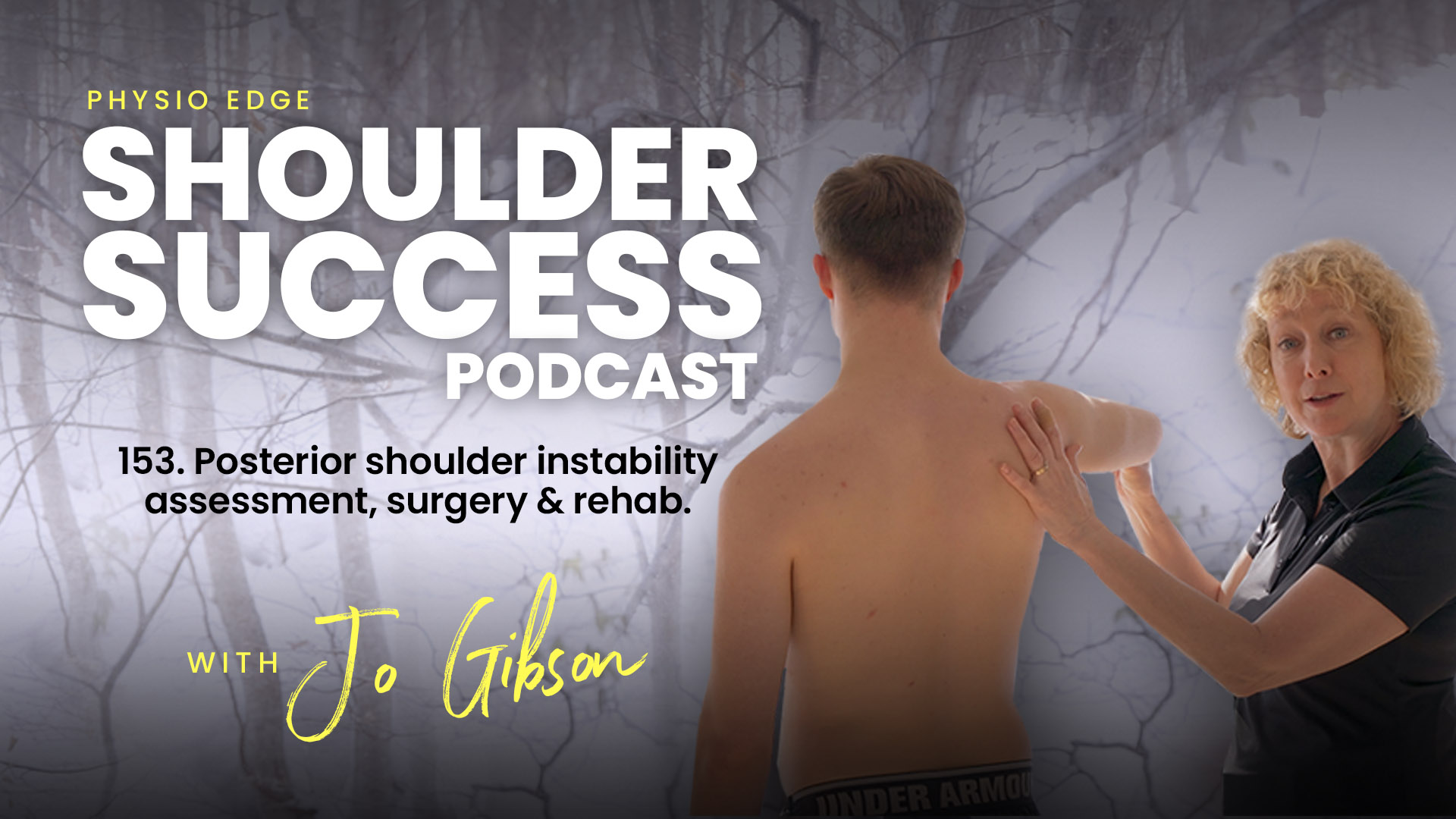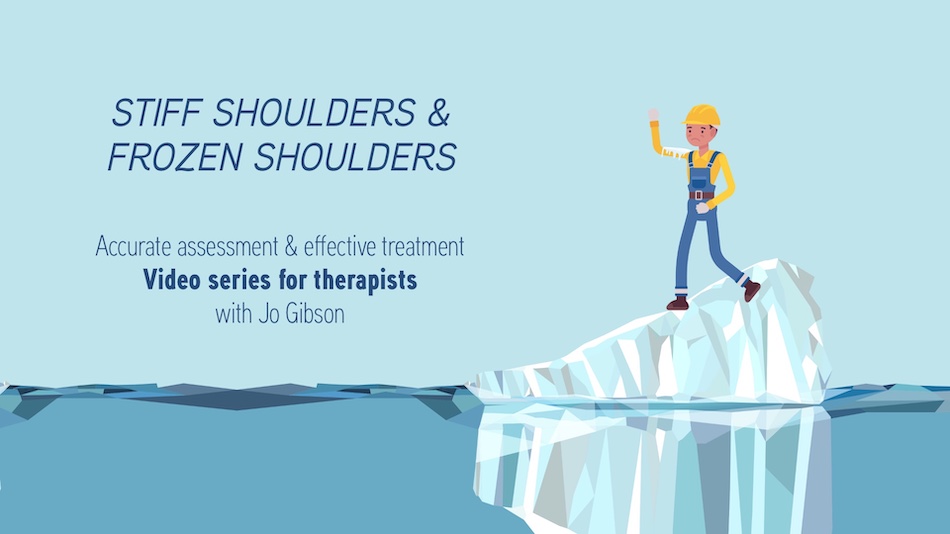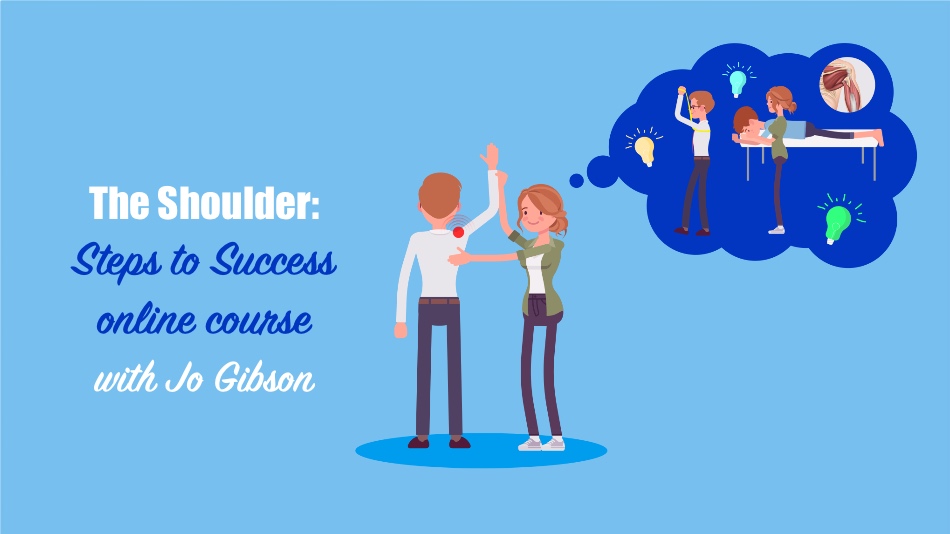Fri, 21 April 2023
Posterior shoulder instability can occur after a fall onto an outstretched arm, or diving and hitting the ground with your arm (like diving to score a try in rugby), injuring the posterior labrum and/or the glenohumeral joint. Unlike anterior shoulder instability, patients with posterior shoulder instability may not have have a feeling of instability, but may just experience pain, fatigue and weakness. How can you identify posterior shoulder instability in your shoulder pain patients? What does your rehab for posterior shoulder instability need to include? Find out in this podcast with Jo Gibson (Upper Limb Rehabilitation Specialist Physio). The handout for this podcast consists of a transcript and articles referenced in the podcast. Free video series “Frozen shoulder assessment & treatment” with Jo GibsonImprove your frozen shoulder assessment and treatment now with Jo Gibson’s free video series at clinicaledge.co/shoulder Shoulder: Steps to Success online course with Jo GibsonImprove your assessment and treatment of shoulder pain with the Shoulder: Steps to Success online course with Jo Gibson, now available for enrolment at clinicaledge.co/shouldersuccess Free trial Clinical Edge membershipUse a fresh approach to your musculoskeletal and sports injury treatment with a free trial Clinical Edge membership at clinicaledge.co/freetrial Links associated with this episode:
Articles associated with this episode:
Chapters:
|
Physio Edge podcast

Categories
generalArchives
AprilMarch
February
August
June
May
April
March
February
November
October
July
April
March
February
December
August
July
April
March
February
December
October
September
June
May
April
March
February
January
December
October
August
June
May
April
March
January
December
October
September
August
July
June
May
February
January
December
November
October
August
June
May
April
March
February
November
October
September
August
June
May
April
March
February
November
September
August
July
June
April
March
February
January
December
October
July
June
May
March
December
September
August
June
April
December
September
August
June
April
February
January
December
November
October
September
August
| S | M | T | W | T | F | S |
|---|---|---|---|---|---|---|
| 1 | ||||||
| 2 | 3 | 4 | 5 | 6 | 7 | 8 |
| 9 | 10 | 11 | 12 | 13 | 14 | 15 |
| 16 | 17 | 18 | 19 | 20 | 21 | 22 |
| 23 | 24 | 25 | 26 | 27 | 28 | 29 |
| 30 | ||||||
Syndication








